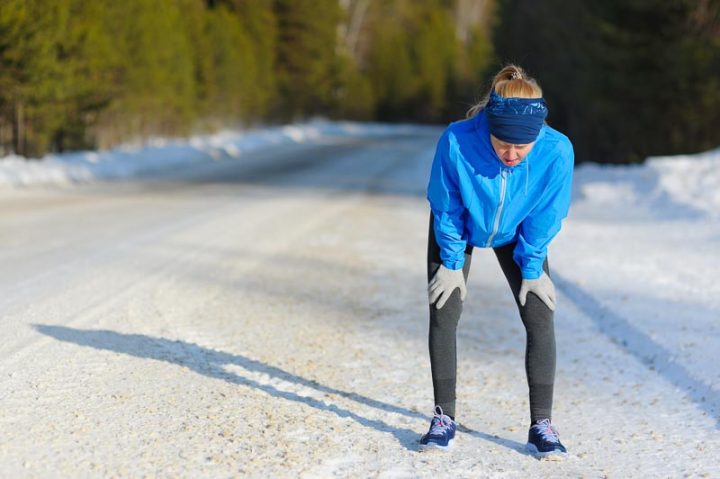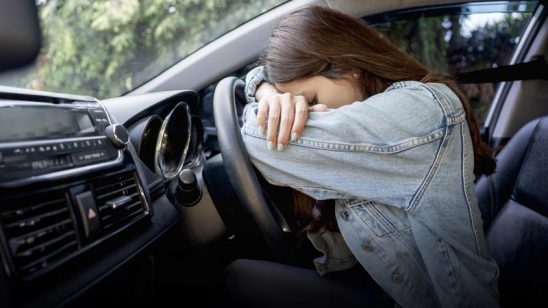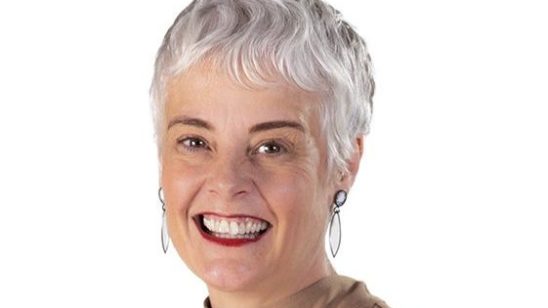
Winter concussion recovery: Gill Redden Cranio
Experience the benefits of craniosacral therapy at the end of the winter sports season.

Gill Redden sees many clients who have had a head knock during the winter season. Now is an ideal time to allow your body to recover from the rigours of winter sports.
Winter sports can take a toll on your body, especially your head and neck. That’s why receiving CranioSacral therapy can be incredibly beneficial for five reasons:
Injury Prevention
Potentially reduce the risk of future injuries by helping alleviate tension and release restrictions in the cranial and spinal areas, and in the membranes that surround and protect the brain.
Concussion Recovery
Aid in the recovery process by potentially: unjamming cranial bones, and untwisting membranes, restoring balance and function to the central nervous system, promoting healing, and reducing symptoms associated with concussions.
Pain Relief
Potentially relieve muscle soreness, joint stiffness, and general body discomfort by addressing imbalances in the CranioSacral system, and improving overall body alignment.
Stress Reduction
You can potentially reduce stress, anxiety, and tension, accumulated during winter sports activities through deep relaxation and stimulation of the body’s natural healing mechanisms.
Enhance Performance
CranioSacral therapy can potentially improve coordination, balance, and overall performance in winter sports by optimising the flow of cerebrospinal fluid and enhancing communication between the brain and the rest of the body.
Remember, CranioSacral therapy is only performed by a qualified practitioner trained in this specific modality such as specialist Gill Redden. CranioSacral therapy could be part of your personal wellness programme post-winter sports especially if you have had a head knock or suffered from a concussion this season.
Contact Gill to discuss how she supports you in your recovery and wellbeing.



